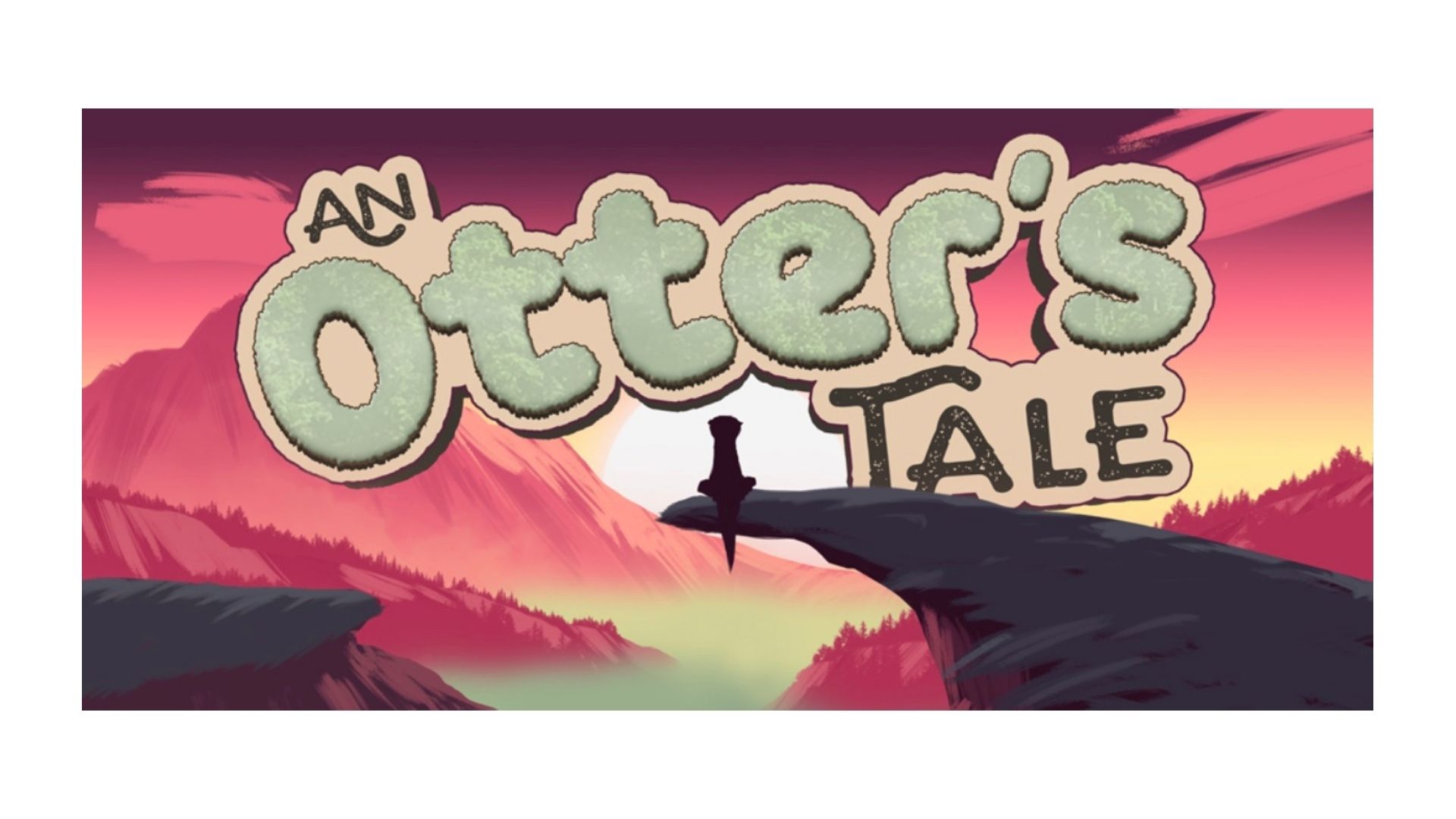Welcome to Affogata’s Indie Spotlight series covering the hits of tomorrow, before they know they are.
Meet ‘An Otter’s Tail’
The game will have you playing as a mother otter as she tries to save her pups who are trapped, but also the forest she calls home from deforestation. You’ll travel deep into a forest, swamp, and river areas to meet up with old friends who grant you new abilities to help you reach your goals.
David, ‘An Otter’s Tail’ developer and designer recently immigrated from Canada to the Philippines and welcome his first baby. As a huge fan of narrative adventure games that let you explore the world, he was subconsciously inspired by his baby’s wildlife plushies and the nature that surrounded him where he grew up in Canada.
So, how do you start the creative process of coming up with a new game?
Coming up with a new game for me is split into two processes, inspiration and consumer demand.
Inspirations for me often come from events in my life, watching films, playing games, or even something as simple as whatever brings me joy. My wife and I had our first baby a few months before the team and I began discussions of what could be our next game. My home life at that point was surrounded by plushies and prints of cute wildlife creatures, and without even being consciously aware of it, those changes in my daily life bled into my game concepts. And that’s how “An Otter’s Tale” was born. I also believe that if players can’t relate or connect with your themes or characters, it makes it more difficult for players to attach themselves to a game. So it’s nice to add a sense of relatability or realism to even the most whacky concepts.

Player demand on the other hand comes down to giving players new unique game experiences or adding a significant twist on existing game mechanics. There’s no point trying to compete with Call of Duty or FIFA, those game studios have already perfected the genre and it’s up to you to find ways to spice up those existing experiences. Like, it could be a football game with a ball permanently on fire, meaning players can’t keep the ball for long or they get burned. Or create a shooter where bullets ricochet until they hit someone, experimentation is key!
How and from whom do you get your game design feedback?
I get game design feedback mostly from our internal team. We have a great diverse team, 6/7 of us are currently game design students, so we all have a keen eye for what makes a good player experience. I also reach out to friends who only casually play games to get an outsider’s perspective or ask industry friends who are more experienced.
How do you decide which player feedback to employ in your design?
We gather all the data from feedback sessions and discuss within the dev group the severity of all the feedback received, especially when you hear the same issue from multiple players asking for specific changes, it’s key to address that feedback. It’s also extremely important to listen to first-time players with no context of the game to understand how they perceive the game and make sure your intended experience is coming across to the players. At the same time, there will always be edge cases or players who simply don’t enjoy the genre or experience you’re trying to convey, so it’s a balance between your own vision and player feedback.
What role does player feedback take in creating indie games and what does it look like?
Player feedback is extremely important for indie games early on and all throughout the development. Without it, it can feel like the team is working on a project for months, maybe years with their heads down, not knowing if anyone will like the game. And it becomes incredibly difficult to pivot and make significant changes once the game is near completion. That’s why so many successful indie games go the early access route to address player feedback all throughout their development. Hades is a perfect example of this. They were in early access for two years, addressing feedback as they continued development and the game became extremely successful at launch.

How do you approach conflicting feedback from different gamers?
It’s important that you know who your target demographic is, the feedback from that group is the most important for you to listen to, don’t waste time trying to address feedback from players who aren’t attracted to your game in the first place. Of course, games should be created with the intention of reaching as many players as possible, but you can’t and won’t appeal to every single player. If you try to do that, you have a mess of a game that doesn’t truly represent anything. Like trying to bake a cake with every ingredient you can find around. Maybe not the best idea.
If you could improve the way you gather feedback, what would you do?
From our experience, we need to playtest earlier and more often. Get player feedback as soon as you have an early playable build you feel confident about so you can get a feeling for how players understand your game. Ask the playtesters to describe their thought process as they go through the game. Follow up with the players who are interested in your project and address their feedback with the team and determine what should be worked on. Playtest often with different groups, diversity is important too, you can address issues that you may not be aware of.
Subscribe to our blog to read more stories about amazing creators from passionate professionals.
